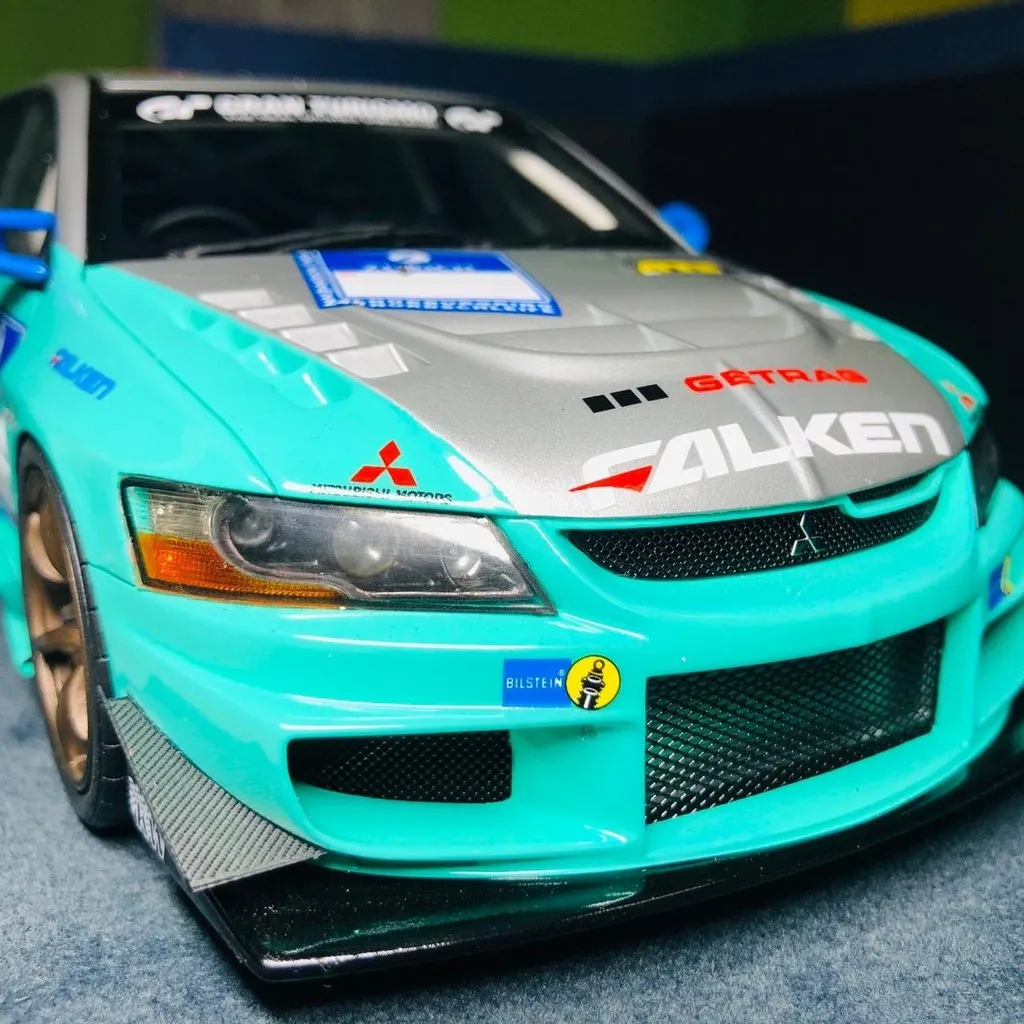Diecast Cars How to Choose the Best
Diecast cars, miniature replicas of real-life vehicles, have captivated enthusiasts of all ages for decades. These collectibles offer a unique blend of craftsmanship, nostalgia, and the thrill of ownership. Whether you’re a seasoned collector or a newcomer to the hobby, selecting the right diecast car can be a rewarding experience. However, with the vast array of models, scales, and features available, choosing the best diecast car can feel overwhelming. This comprehensive guide will walk you through the essential factors to consider, helping you make informed decisions and build a collection that reflects your passion and preferences. From understanding different scales and materials to exploring sound and lighting features, you’ll gain the knowledge needed to navigate the exciting world of diecast cars.
Factors to Consider Before Buying
Before diving into the specifics of individual models, it’s crucial to establish a clear understanding of your priorities and preferences. Consider what draws you to diecast cars in the first place. Are you fascinated by a particular make or model? Do you have a penchant for vintage cars, modern supercars, or something else entirely? Defining your collecting goals will significantly narrow your focus and make the selection process more manageable. Next, determine your budget. Diecast cars range in price from a few dollars to hundreds, even thousands, depending on their rarity, detail, and features. Setting a realistic budget will prevent overspending and help you stay within your financial boundaries. Finally, think about where you plan to display your collection. Will it be a dedicated display case, shelves, or a more casual arrangement? The available space will influence the size and number of cars you can accommodate.
Scale and Size
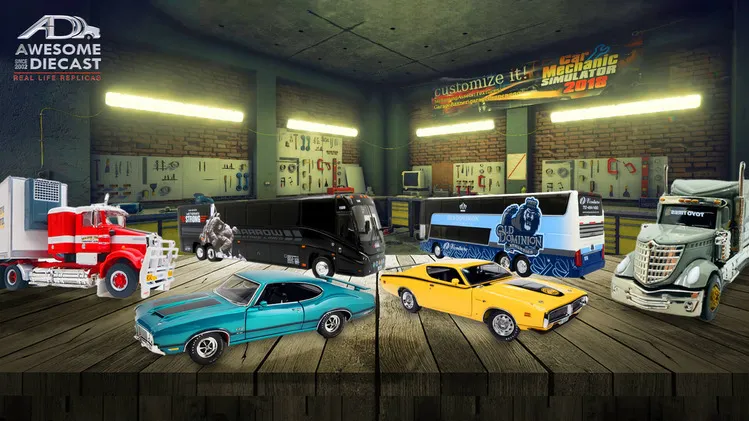
One of the first choices you’ll encounter is the scale of the diecast car. Scale refers to the ratio between the model’s size and the actual vehicle’s size. Common scales include 1:18, 1:24, 1:43, and 1:64, with 1:18 being the largest and 1:64 the smallest. Larger scales offer more intricate detailing and allow for a greater level of realism, but they also require more space. Smaller scales are ideal for those with limited display space or who prefer to collect a large number of models. Consider the size of your display area and the level of detail you desire when selecting a scale. For example, a 1:18 scale model will showcase intricate engine detailing and interior features more prominently than a 1:64 scale model. Assess the space you have available to accommodate the models you intend to collect and consider how the different scales will interact when displayed together. Choosing the right scale ensures your collection complements your space and showcases the details you appreciate most.
Material and Build Quality
The primary material used in diecast cars is, of course, diecast metal. This alloy of zinc, aluminum, and other metals provides weight, durability, and the ability to capture fine details. Look for models that feel substantial and well-constructed, with a smooth paint finish and tight panel gaps. The quality of the materials directly impacts the model’s overall appearance and longevity. Besides the diecast metal body, pay attention to the quality of other components, such as the tires, wheels, and interior details. High-quality tires often feature realistic tread patterns and materials, enhancing the model’s authenticity. Wheels should be securely attached and roll smoothly. Interior details, such as seats, dashboards, and steering wheels, should be accurately rendered and made from durable materials. A well-built diecast car will feel solid and withstand handling, while showcasing a high level of craftsmanship and attention to detail. These factors contribute to a model’s overall value and enjoyment.
Features to Look For
Diecast cars come with a variety of features that enhance their realism and playability. Opening doors, hoods, and trunks allow you to explore the model’s interior and engine compartment. Posable wheels enable you to simulate steering and showcase the car’s suspension. Detailed engine compartments with accurately depicted engine components add a further level of realism. Removable parts, such as spare tires and tools, can increase the model’s authenticity. Consider the features that align with your interests and collecting goals. If you enjoy examining the inner workings of a car, models with opening components and detailed engine bays are essential. If you prioritize playability, models with posable wheels and durable construction are a good choice. The presence and quality of these features can significantly impact the overall appeal and value of a diecast car, adding to the experience and your enjoyment.
Sound and Lighting
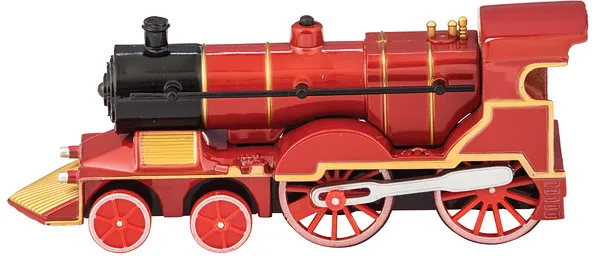
Some diecast cars are equipped with sound and lighting effects, adding an extra layer of realism and playability. Sound effects typically include engine noises, horns, and other vehicle-specific sounds. Lighting features often consist of working headlights, taillights, and interior lights. These features can significantly enhance the model’s immersive qualities, bringing it to life. Diecast cars with sound and lighting often use small batteries and electronic circuits to create these effects. Look for models with high-quality sound and lighting systems that accurately replicate the sounds and visual cues of the real-life vehicle. Consider whether these features are a must-have for your collection or if you prioritize other aspects, such as detailing or historical accuracy. The integration of these technologies can create a more interactive and engaging experience for the collector, making the models more enjoyable to display and play with.
Authenticity and Detailing
The level of authenticity and detailing is a crucial factor in evaluating a diecast car’s quality and value. Pay close attention to the accuracy of the model’s proportions, body lines, and overall appearance. A high-quality diecast car will closely resemble the real-life vehicle it represents. Inspect the details, such as the paint finish, decals, and interior components. Look for models with accurate paint colors, well-applied decals, and meticulously crafted interiors. The presence of small details, such as badges, logos, and instrument panel details, significantly enhances the model’s realism. Many manufacturers strive to replicate the exact specifications of the vehicles they are modeling, so comparing the model with photos of the real car is often helpful. The more accurate the detailing, the more desirable and valuable the diecast car will be for collectors. The detailing of a diecast car adds to its realism and collectible value.
Brand Reputation
Certain brands have established reputations for producing high-quality diecast cars. Research different brands and read reviews from other collectors to assess their build quality, detailing, and accuracy. Some well-regarded brands include: Autoart, Minichamps, and TSM-Model. Each brand often specializes in particular types of vehicles or scales, so consider your interests when researching. Brand reputation often reflects the manufacturer’s commitment to quality and attention to detail. A well-known brand is often a good indicator of a model’s overall quality. Factors such as the accuracy of the model’s proportions, the quality of the paint finish, and the level of interior detailing contribute to the brand’s overall image. Choosing models from reputable brands ensures you’re investing in high-quality diecast cars that will enhance your collection. Researching the brand’s strengths and weaknesses can help you make more informed purchasing decisions.
Budget
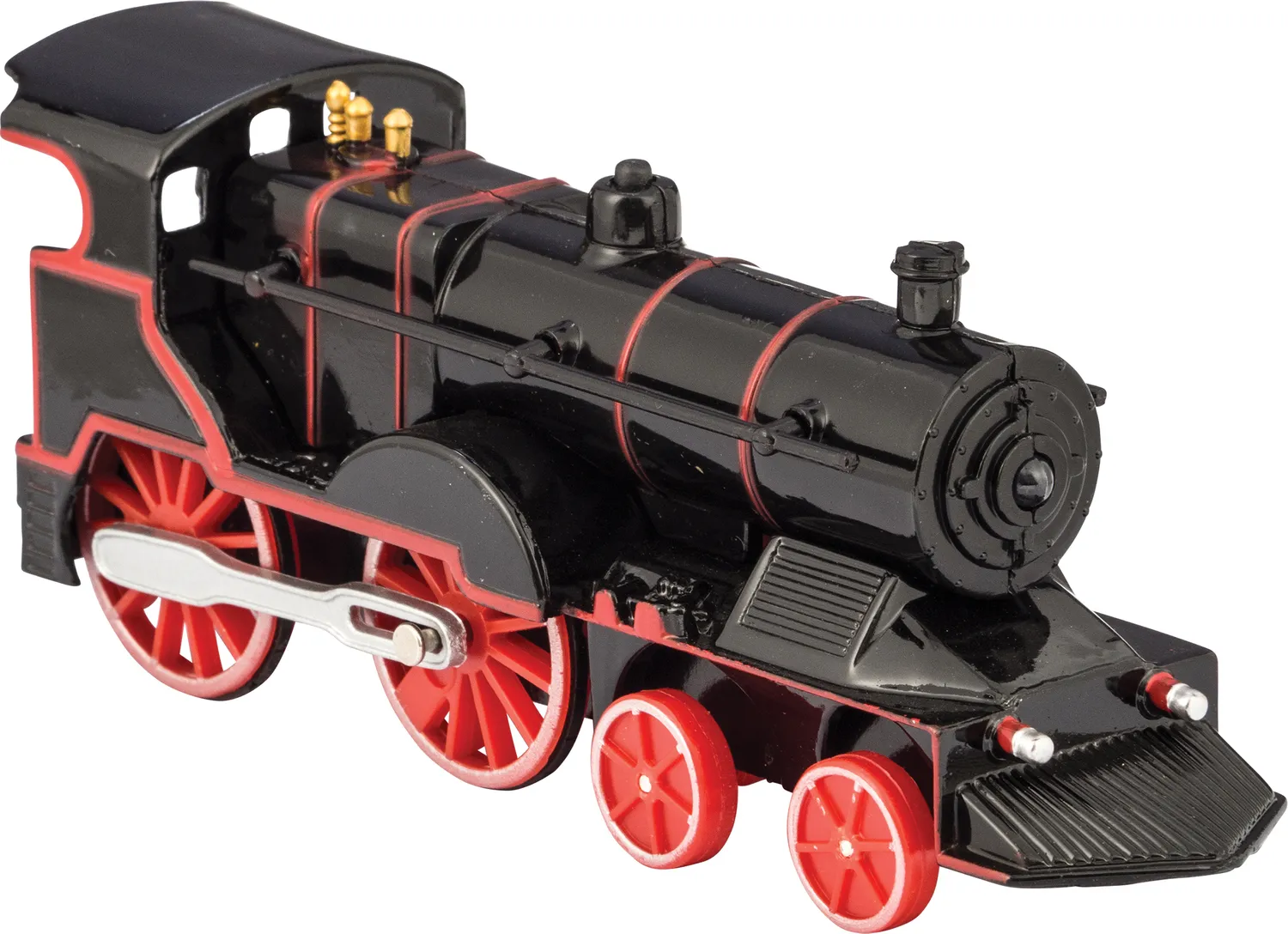
As mentioned earlier, diecast cars vary greatly in price. Set a realistic budget before you start shopping to avoid overspending. Consider how much you’re willing to spend on individual models and your overall collecting budget. The price of a diecast car often reflects its scale, detailing, features, and brand reputation. Larger scales, more detailed models, and those from premium brands typically command higher prices. Rarity also plays a significant role, with limited-edition models and those from discontinued lines often fetching higher prices. While it’s tempting to buy every model that catches your eye, sticking to your budget will help you build a well-rounded collection without overextending your finances. Balancing quality, rarity, and your budget ensures a fulfilling collecting experience.
Where to Buy Diecast Cars
Online Marketplaces
Online marketplaces such as eBay, Amazon, and specialized diecast car websites offer a vast selection of models. These platforms provide the convenience of browsing from home and comparing prices from different sellers. However, it’s essential to exercise caution when buying online. Verify the seller’s reputation, read reviews, and carefully examine the product description and photos. Be wary of deals that seem too good to be true, and always ensure the seller has a return policy. Also, consider shipping costs and potential import duties. Online marketplaces are great for finding rare or hard-to-find models, but you should always protect yourself by purchasing from reputable sellers and verifying the item’s condition before completing your purchase. Online marketplaces provide a broad selection but require due diligence to avoid potential issues.
Specialty Stores and Hobby Shops
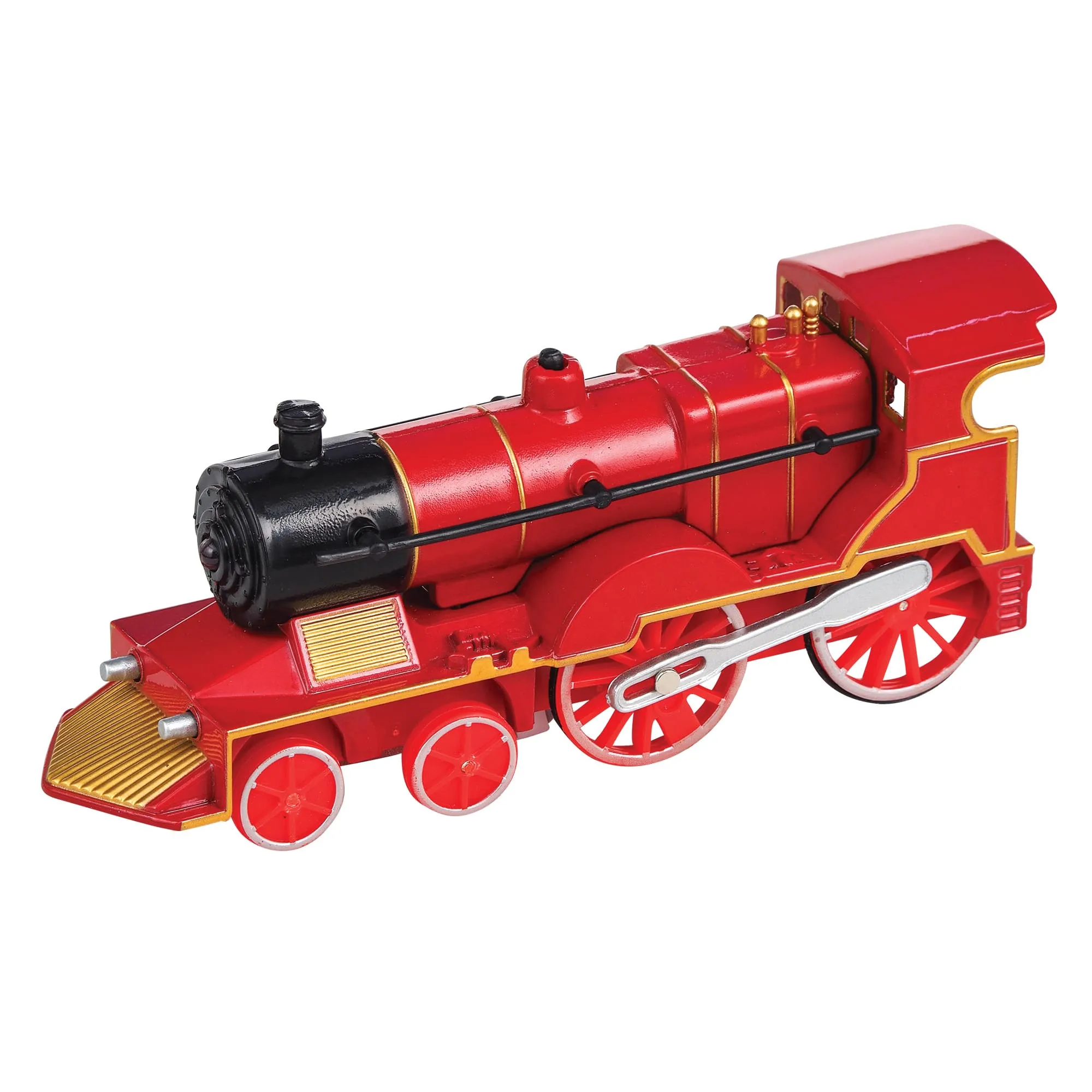
Specialty stores and hobby shops provide a more hands-on experience. You can examine models up close, assess their quality, and ask questions to knowledgeable staff. These stores often carry a curated selection of diecast cars from reputable brands. Specialty stores are also an excellent place to find limited-edition models or those with unique features. They often host events and offer opportunities to connect with other collectors. Shopping at a specialty store allows you to appreciate the models’ details firsthand and build relationships with fellow enthusiasts. A local hobby shop is a valuable resource for advice, community, and rare finds. You can get personalized recommendations and the assurance of inspecting the models before purchase, which is particularly helpful when looking for a specific level of detail or feature.
Checking Reviews
Before making a purchase, read reviews from other collectors. Online reviews can provide valuable insights into a model’s quality, accuracy, and any potential issues. Websites and forums dedicated to diecast car collecting are excellent sources of information. You can learn about common problems, see real-world photos of the models, and get feedback from experienced collectors. Use reviews to assess the model’s pros and cons and to determine whether it aligns with your expectations. Reading reviews can help you avoid purchasing models with known defects or inaccuracies. By reading what other collectors say, you’re better equipped to make an informed decision and ensure you’re happy with your purchase. The collective experience of other collectors can be a valuable resource.
Comparing Prices
Compare prices from different retailers to ensure you’re getting the best deal. Online marketplaces, specialty stores, and hobby shops may have varying prices for the same model. Consider factors like shipping costs, taxes, and potential discounts when comparing prices. Don’t be afraid to shop around and wait for sales or promotions. Keep in mind that the lowest price isn’t always the best value. A slightly higher price might include better customer service or a more reliable seller. When purchasing online, factor in shipping costs and any potential import duties. When purchasing at a store, consider if the seller offers any promotions. By comparing prices, you can make an informed decision and maximize your collecting budget.
Tips for Diecast Car Collectors
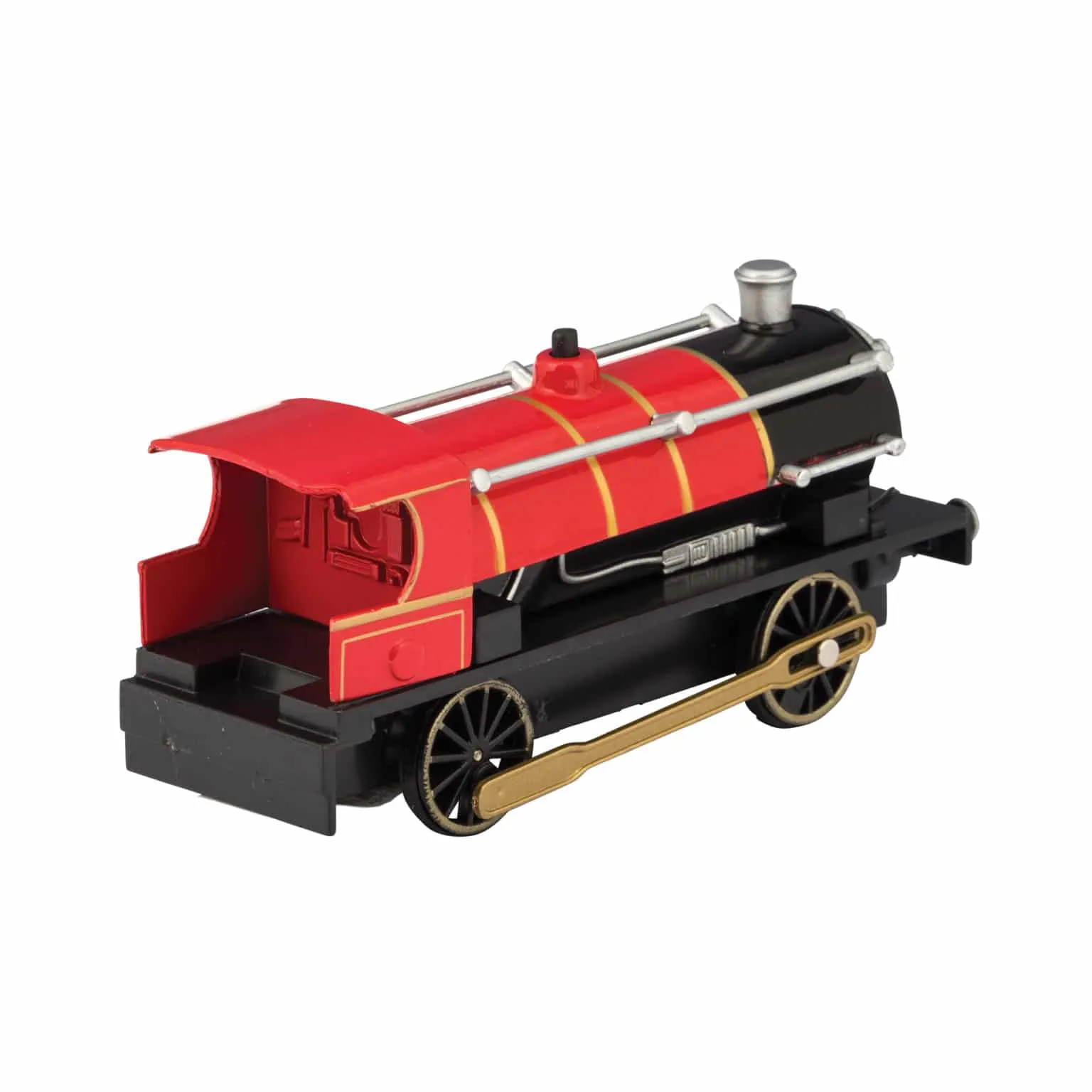
Collect what you love. The most important aspect of diecast car collecting is enjoying the hobby. Choose models that spark your interest, and don’t feel pressured to collect everything. Join online forums and collector clubs. Connect with other enthusiasts, share your passion, and learn from their experiences. Display your collection with pride. Consider using display cases, shelves, or other creative arrangements to showcase your cars. Protect your models from dust, sunlight, and extreme temperatures. This will help preserve their condition and value. Regularly clean your diecast cars with a soft cloth or brush. Handling your collection with care will maintain its appeal. Most importantly, have fun. Diecast car collecting is a rewarding hobby that provides enjoyment and a sense of community. Enjoy the journey and the pleasure of building your unique collection, and take the time to research and select each model carefully.
